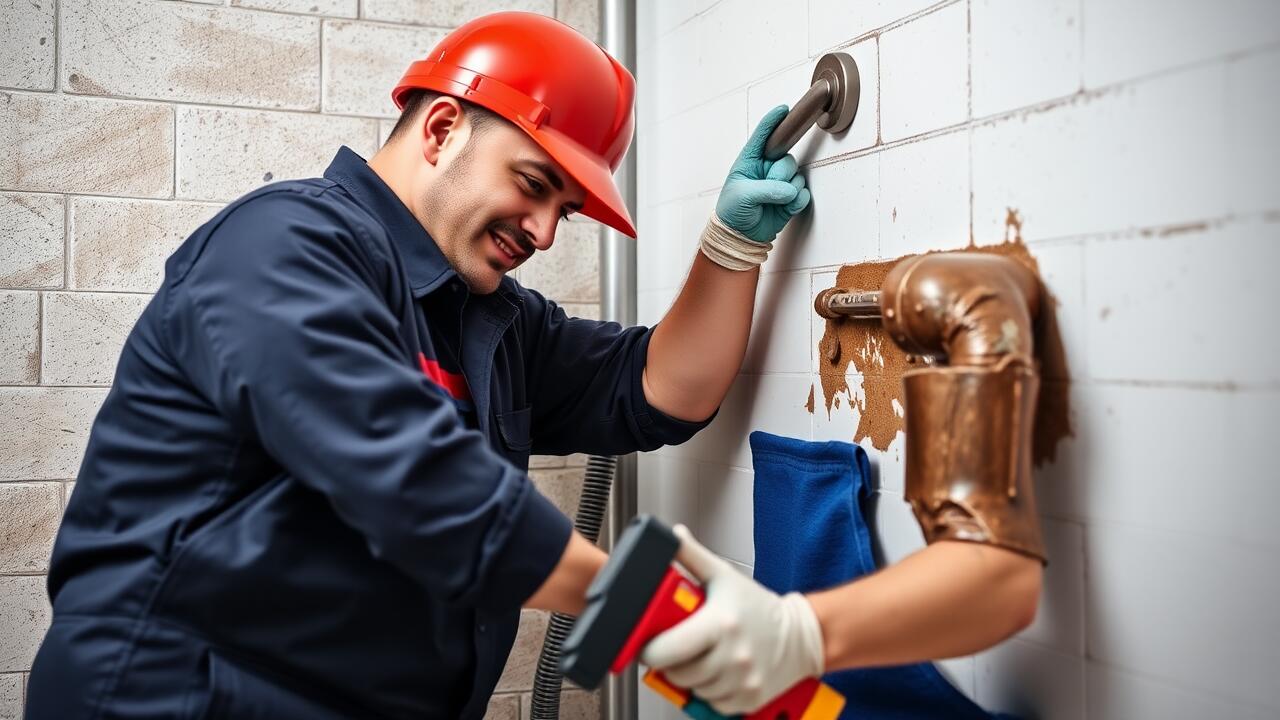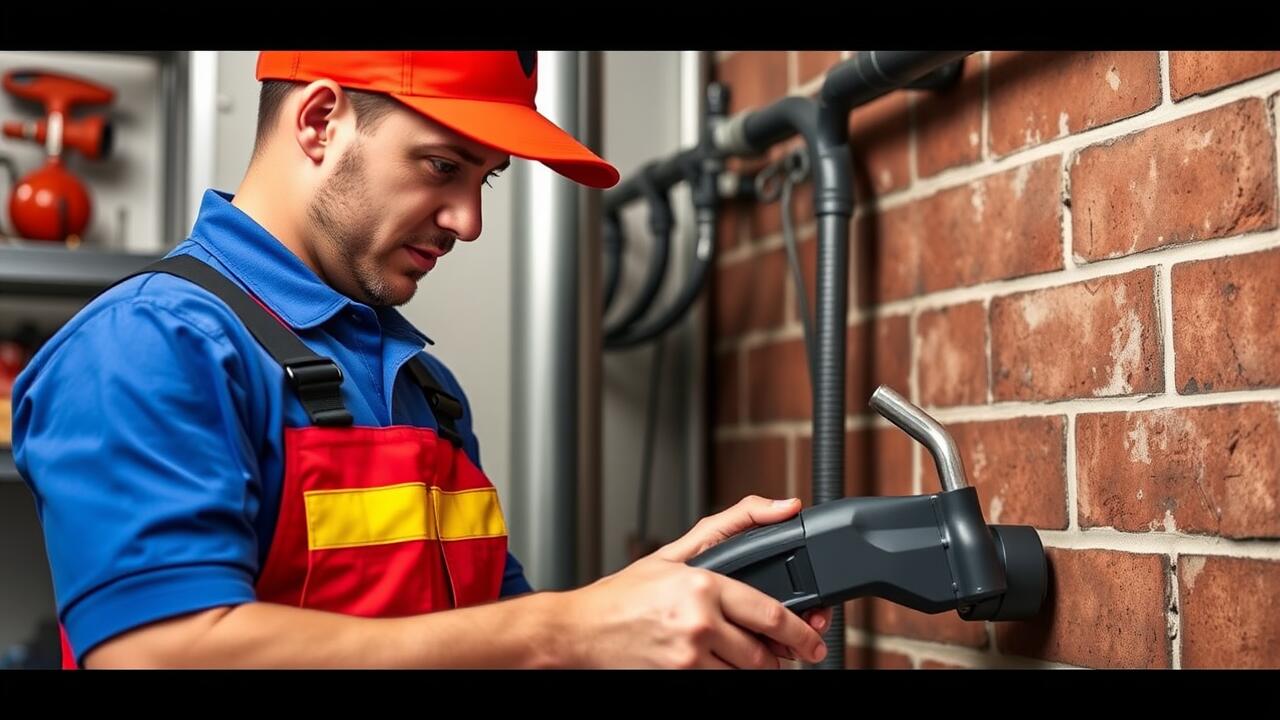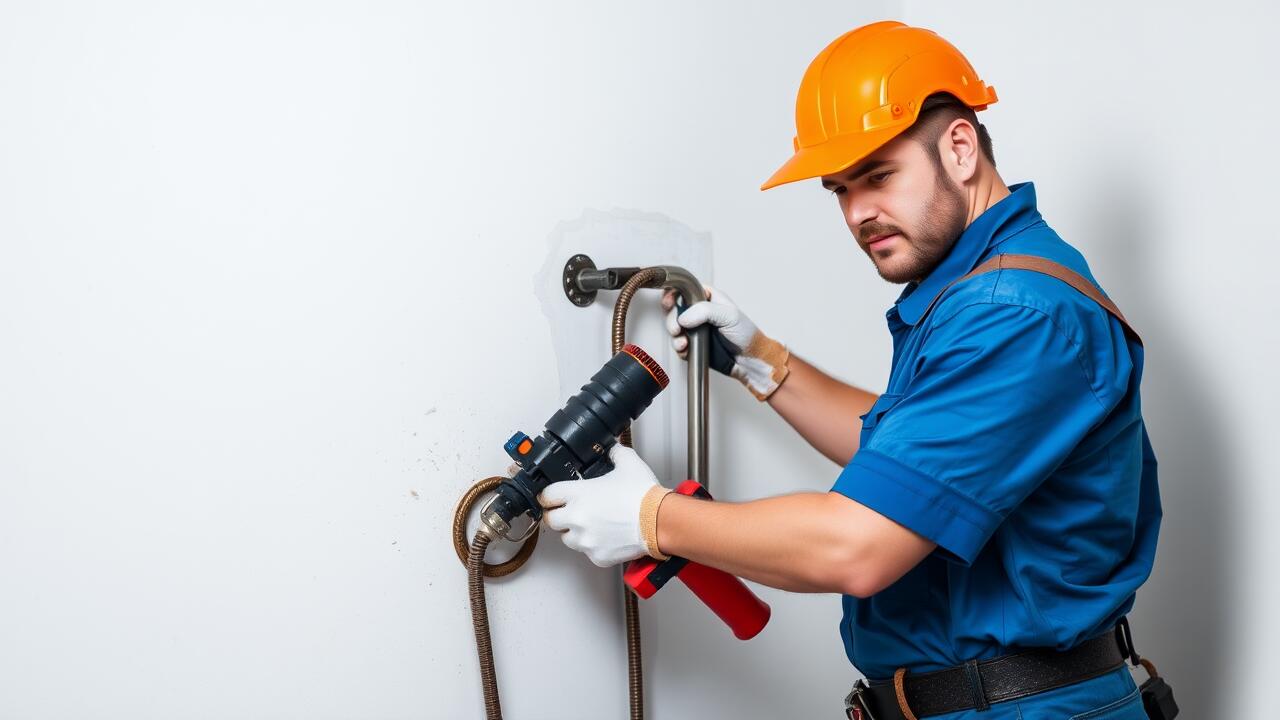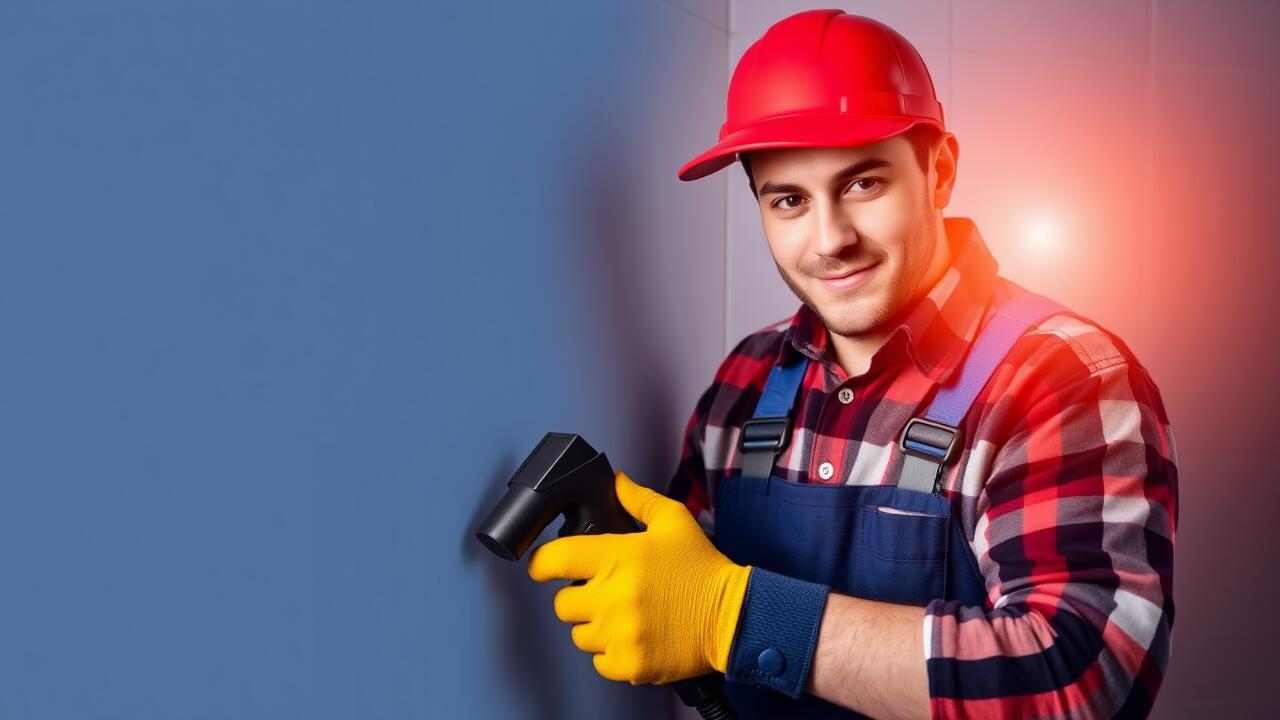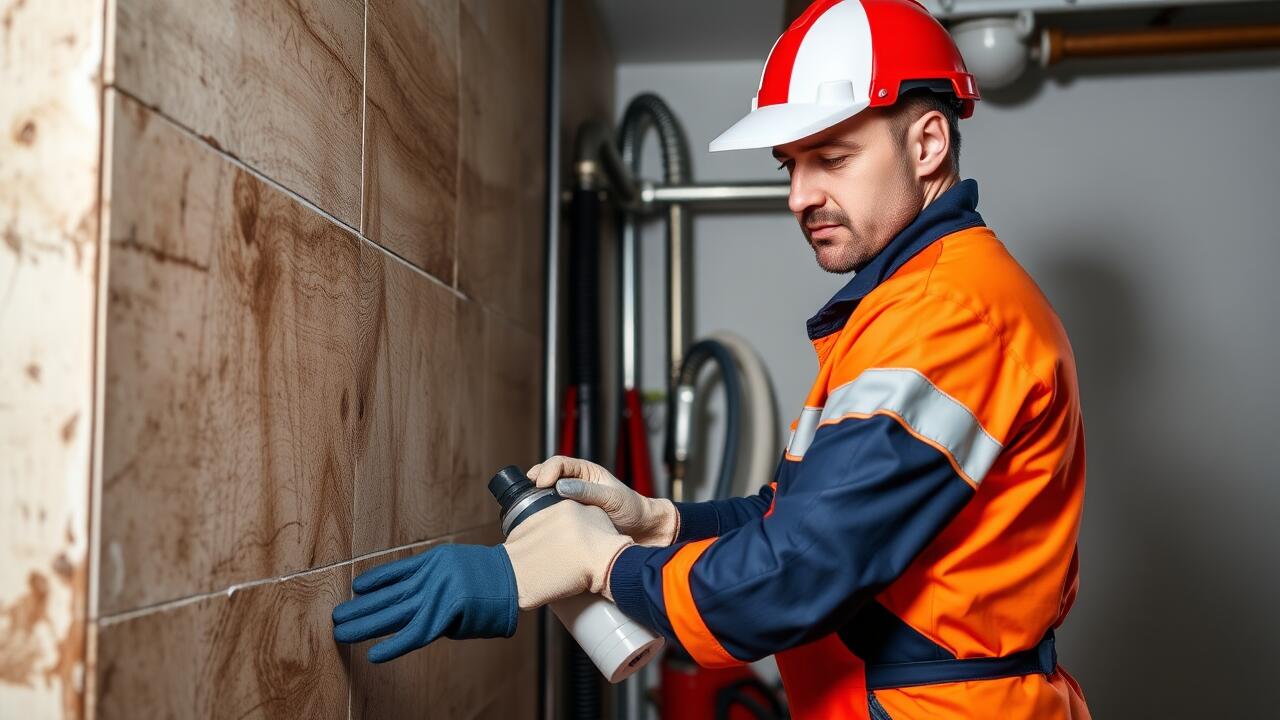
Tools You Might Need for Repairs
When facing a toilet that won't flush, having the right tools at your disposal can make a significant difference. Basic supplies like a plunger, a wrench, and a screwdriver are essential for most troubleshooting tasks. In more complex situations, you may need specialized tools, such as a toilet auger to clear stubborn clogs or a tank lever handle for replacing broken components. Make sure to gather everything before starting your repairs to save time and effort.
Preparing for unexpected plumbing issues can also help avoid the need for an "Emergency Plumber near me" search. Having a toolkit that includes plumber's putty, non-toxic drain cleaners, and a bucket can help tackle minor repairs promptly. Regularly maintaining your toilet and being aware of simple fixes not only keeps your bathroom functional but also reduces the likelihood of major plumbing emergencies.
Essential Equipment for DIY Fixes
When tackling toilet issues on your own, having the right tools on hand makes all the difference. A plunger is essential for clearing minor blockages and should be your first line of defense. A toilet auger can help reach clogs that are deeper in the plumbing, providing a more thorough solution. A wrench will be necessary to tighten or loosen bolts, especially during repairs of the tank or bowl. Rubber gloves can keep your hands clean while you work.
If your efforts are unsuccessful, it may be time to consider calling a professional. Researching an “emergency plumber near me” can provide options for quick assistance. However, having essential tools might still save you time and money on minor issues. Proper equipment can empower you to address many common toilet problems efficiently.
Cost Implications of Toilet Repairs
Toilet repairs can vary significantly in cost, depending on the nature of the issue. Common problems, like a clogged toilet or a faulty flush valve, may require simple fixes that can be addressed with minimal expenses, especially if you tackle the repair yourself. However, more severe issues, such as leaks or malfunctioning mechanisms, may necessitate professional intervention, which can increase overall costs.
When preparing for potential plumbing repairs, it is wise to budget for both simple DIY fixes and the possibility of hiring a professional. If the situation escalates beyond your skill level, an "Emergency Plumber near me" will have to be contacted. Knowing your financial limits can help you make informed decisions while alleviating the stress of unexpected plumbing issues.
Budgeting for Plumbing Services
When budgeting for plumbing services, it's essential to consider the potential costs associated with various types of repairs. Emergency plumbing situations often come with a premium price tag. Researching local rates for standard and emergency plumbing services can provide valuable insight. Always factor in the potential for unexpected issues that may arise during repairs, which can increase costs.
Finding an "Emergency Plumber near me" is crucial for urgent situations. Many plumbing companies offer different pricing structures, from flat fees for specific services to hourly rates that can fluctuate depending on the job's complexity. Obtaining multiple quotes can help gauge what constitutes a fair price and ensure you remain within your budget. Being prepared can alleviate stress when faced with plumbing emergencies.
Troubleshooting Common Toilet Problems
Toilets may experience several common issues that can disrupt their normal function. One frequent problem is a clog, which often results in inadequate flushing. This can happen due to excessive toilet paper use or foreign objects being flushed. Checking the toilet's water level in the tank can also be crucial. Insufficient water can prevent the toilet from performing a proper flush. If these initial troubleshooting steps do not resolve the issue, you might want to consider searching for an “Emergency Plumber near me” to assess the situation further.
Another common issue is a running toilet, which can waste a significant amount of water. Often caused by a faulty flapper or fill valve, this problem can usually be resolved by replacing the defective parts. Start by removing the tank lid and inspecting these components for wear or misalignment. If the toilet continues to run after adjustments or replacements, finding an “Emergency Plumber near me” can ensure a more thorough inspection and fix, preventing further water wastage and potential damage to your plumbing system.
Step-by-Step Diagnostic Guide
Start by checking the water supply to the toilet. Ensure the shut-off valve is fully open to allow water to flow to the tank. If that is not the issue, inspect the flapper valve at the bottom of the tank. A worn or misaligned flapper can prevent proper flushing, leading to incomplete waste removal. If both components appear to be functioning correctly, examine the lift chain for any kinks or tangles that could be hindering the flushing mechanism.
If the toilet still does not flush properly, look for clogs in the toilet bowl or the drain line. Use a plunger to attempt clearance of any blockages. If plunging does not solve the problem, consider the need for a more thorough investigation. At this point, you might find it necessary to search for an "Emergency Plumber near me" to handle more complex issues like broken pipes or internal tank problems.
FAQS
Is a toilet that won't flush considered an emergency?
It can be considered an emergency, especially if it's the only toilet in the house or if it's causing an overflow or blockage.
What tools do I need for a DIY toilet repair?
Essential tools include a plunger, a toilet auger, a wrench, and replacement parts such as a flapper or fill valve, depending on the issue.
How much should I budget for toilet repairs?
The cost of toilet repairs can vary widely, but budgeting between $100 to $300 for professional services is a good guideline for most standard issues.
What are some common reasons a toilet won't flush?
Common reasons include a clogged drain, a faulty flapper, low water levels in the tank, or issues with the fill valve.
How can I troubleshoot a toilet that won’t flush?
Start by checking the water level in the tank, inspecting the flapper to ensure it’s sealing properly, and using a plunger to clear any potential clogs before considering professional help.
